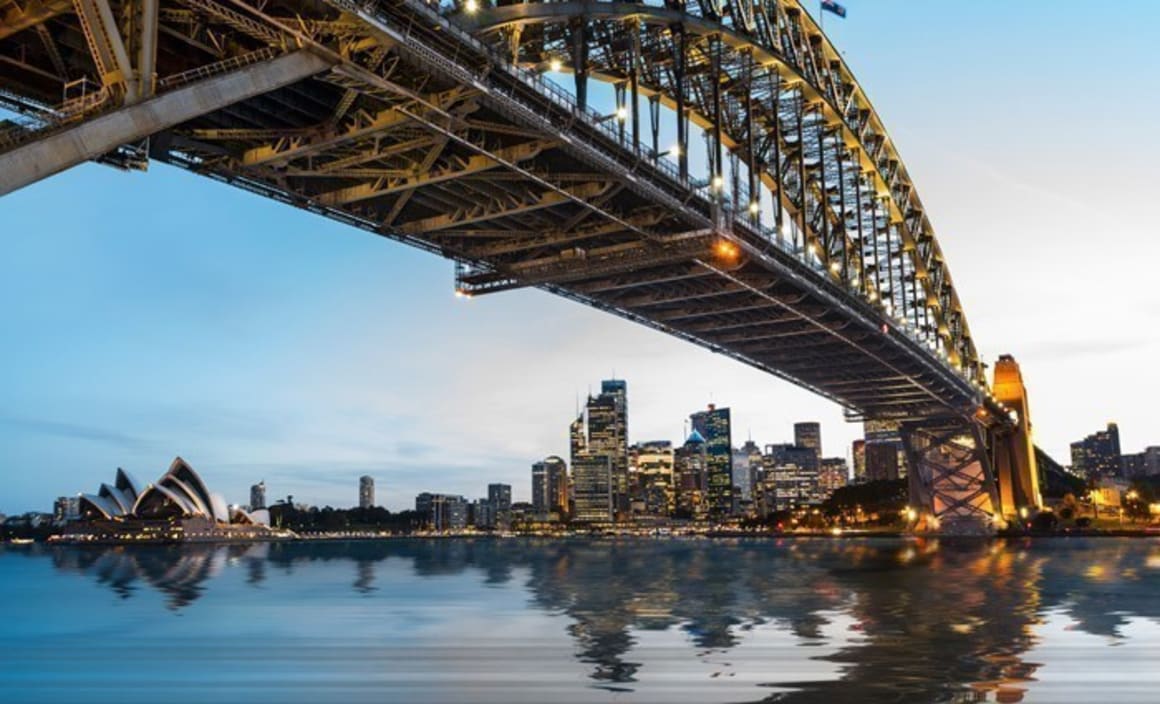Exclusive: Does Sydney's market still have growth left?

After seeing double digit price growth in the past 12 months, do Sydney's property prices still have growth left? Or have we seen the top of the market's cycle?
After Sydney recorded 5.0% price growth over the August quarter and 16.2% in the 12 months to August with falling yields, RP Data's research director Tim Lawless noted that better investment opportunities may now be available in the country's smaller cities.
“Potentially there are better investment returns to be had in the smaller capital cities where the growth trend is less mature and yields are also healthier,” he said.
Property Observer asked five leading property experts whether the Sydney property market still has room to grow.
 Margaret Lomas, founder of Destiny Financial Solutions
Margaret Lomas, founder of Destiny Financial Solutions
The Sydney market has heated up to now being considerably above the affordability for the average family. Depending upon how it's measured, the median Sydney house price is now around $130,000 more than the average Sydney family can afford. When this happens, all but very low value pockets stabilise and, where buyers have rushed in in the midst of buyer frenzy, some areas experience short term values losses.
For investors, this overheated market also now offers very lacklustre rental yields, most below 4% and many at around 3%. The combined effects of stabilising prices and poor rental yields removes the attractiveness of many Sydney suburbs for investment.
In order to gain any value from the Sydney market at this time, a buyer must be looking in outer suburbs where median prices remain below the affordability level and where rental yields remain high. These areas can also often offer larger blocks which can later be subdivided or added to via a granny flat which can also boost yields.
Now is the time to also be considering the ripple effect - already the Wollongong and Central Coast markets, which both remain highly affordable with strong rental yields, are seeing increased attention and property value increases
Andrew Wilson, Australian Property Monitors senior economist
I think we've seen the top of the cycle in terms of the rate of growth, and that was over the December quarter last year.
That's no surprise: that's when the peak of that pent up demand maximised itself with the low interest rates. Growth has been bubbling along since, but it's certainly not at the same rate of growth of last year. The rule of thumb is that after the peak, the rate of growth will halve each year. We saw about 15% to 16% annualised growth last year; this year, we'll get about half that, and we'll see around 4-5% next year.
Depending on how the economy goes, it'll hold there at around the rate of inflation, and turnover will flatten a bit.
There's no doubt that price growth is moderating, and will be around about 8-9% this year, maybe 10%. It's still going to be clearly the strongest of all capitals.
That means it's been about 20% price growth over two years, which is a pretty good result for homeowners. But it's also unsustainable - income growth is barely keeping up with prices growth.
Investors are Sydney's "X factor" - that's what's continuing to keep prices higher than income capacity would allow. It's sort of a self perpetuating thing. Investors are attracted by higher prices, and it's only when there's a clear sign that price growth is slowing that they leave the market.
Price growth is back to being higher in the outer suburbs. A lot of that is investor activity.
We've seen five weeks in a row of 80% clearance rates in Sydney - it's certainly risen over the last months. We've got higher numbers of listings coming through - August had a record number of listings - and we'll probably break the September record. So activity is holding up.
But we're not going to see the prices growth we saw a year ago.
Article continues on the next page with responses from AMP Capital's Shane Oliver, hotspotting.com.au's Terry Ryder and SQM Research's Louis Christopher. Please click below.
Louis Christopher, SQM Research managing director
Yes, it does - there are a couple of reasons.
While I know Sydney's had a strong run and there's been a lot of concern, compared to historical averages over the past thirty years, its valuation is in line.
It's been far more overvalued, as recently as 2009, and in 2003, than what it is today. On a valuation basis, we do agree that it's looking expensive, but historically, it's not at its worst.
We've also got a situation with regards to current population growth trends. Sydney is growing by 60,000 people per year. That's a solid rate of per year growth. Where do all those people go?
The bottom line is, they need housing. That means demand for residential accommodation, by rent or by sale, and it will continue to increase for the forseeable future. For the next year at least, we're probably going to under-constructing to meet that demand. The supply side is going to seriously respond in 2016, and there will be a question mark for the Sydney property market for 2016, but we don't believe that there will be an oversupply situation for 2015.
The state economy's also been improving. New South Wales has one of the lowest unemployment rates by state, and the state budgets are looking good. We've got some very large infrastructure projects in the pipeline, including the North-West Rail Link, the second airport - of course, that's some time away, but the planning for that will start in earnest.
Historically, yes it is expensive, but it's far from the worst it's been.
Recent current indications such as stock on market, auction clearance rates and asking prices are all pointing to one thing: the market continues on with its current momentum.
Just like the stock market, property prices are never too high to go higher, and they're never too low lower.
Terry Ryder, founder of hotspotting.com.au
There’s no doubt the best time to buy in Sydney has long passed. There will still be growth but buyers need to be more selective about location.
The pattern of sales across the metropolitan area shows that the momentum in Sydney has shifted from the millionaire suburbs to the middle ring and outer suburbs.
Locations with the greatest upside include the Blacktown, Parramatta, Liverpool, Penrith and Campbelltown municipalities – all of them in the west or south-west of the metro area. The exception is the Baulkham Hills LGA in the north-west.
The Price Predictor Index published by hotspotting.com.au shows that many of the so-called prime markets with median prices above $1 million have been downgraded, as sales levels moderate. In the past four quarters in Killara, for example, sales volumes have fallen from 111 to 106 to 81 to 65.
By contrast, sales in humble Minto in the Campbelltown LGA have risen from 35 to 45 to 50 to 66 in recent quarters, a pattern of rising activity likely to produce price growth.
Longer-term, investors in Sydney should focus on the areas set to benefit from new infrastructure, especially transport infrastructure, as this is the single biggest driver of real estate growth.
The Rouse Hill precinct will benefit from the North West Rail Link while locations in the Liverpool and Blacktown precincts are most likely to be boosted from infrastructure development for the Badgerys Creek airport.
Shane Oliver, chief economist at AMP Capital
I think it's getting pretty close to its peak. You've got to be wary, because it's possible rates will stay this low well into next year. So we could see another 9 months or so of decent gains in prices. But once they start to go up, a lot of the heat will go out of the market. But even before that, they'll slow down, due to affordability issues.
With current rates of income growth and the prospect of interest rate increases, it's understandable that price growth will fall back to a slower pace. In the next six months we'll start to see that.
But the property market goes in spurts. A couple of years ago, Sydney lagged, and had been for a long time. After 2003, it took a back seat to the rest of the country. New South Wales' economy is picking up, so the fortunes of the state have turned around, so you can sort of understand why after a decade of lagging national house price gains, you're starting to see growth again.